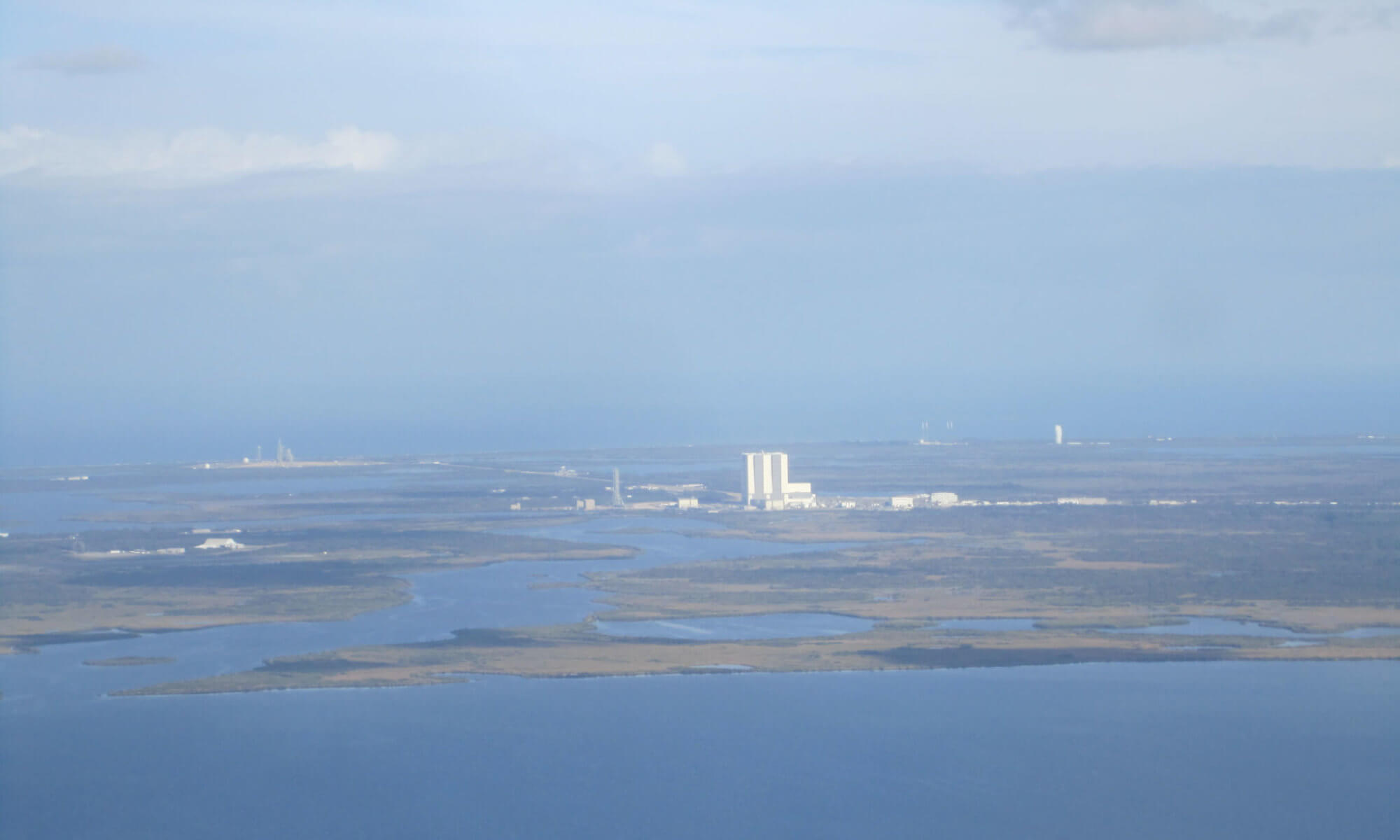 John Rolfe, a WWII veteran, inadvertently opens a portal to an alternate timeline in his Oakland, California, basement. He and his old war buddies proceed to conquer this version of the Earth. In the other timeline, Alexander the Great lived to a ripe old age and the white man never arrived in America. The most advanced civilizations are still technologically in the middle ages. The “Gate” remains open, allowing Rolfe and his new nation to secretly smuggle precious metals to the original timeline (they know where to find it easily by using maps from our timeline) and manufactured goods to the other timeline. The “Gate Secret” is very tightly held.
John Rolfe, a WWII veteran, inadvertently opens a portal to an alternate timeline in his Oakland, California, basement. He and his old war buddies proceed to conquer this version of the Earth. In the other timeline, Alexander the Great lived to a ripe old age and the white man never arrived in America. The most advanced civilizations are still technologically in the middle ages. The “Gate” remains open, allowing Rolfe and his new nation to secretly smuggle precious metals to the original timeline (they know where to find it easily by using maps from our timeline) and manufactured goods to the other timeline. The “Gate Secret” is very tightly held.
But all is not well in paradise. A faction fight in the alternate timeline spills over into ours, and two Fish and Game Warden find themselves caught up in the middle, then exiled through the gate. They must now team up with the “good” alternate timeline faction (Rolfe’s granddaughter, for one) to defeat the evil faction.
I enjoyed “Conquistador”. It is adventure pure and simple. The action scenes are masterful. The setting, as well as the social, economic and ecological discussions are both entertaining and intriguing. However, I do think that Stirling could have delivered a better plot. The ending is rather abrupt, and some of the moral issues prominent in the first half of the book (is the whole idea of conquering a new world and setting yourselves up as a benevolent dictatorship really a good thing?) are conveniently dropped by the wayside at the end. And then there are the characters. Likeable as they may be, our heroes are a little too perfectly intelligent, likeable and generally extremely fit and good looking. While I am a sucker for happy endings, I still found it a little bit too happy and perfect and neatly tied up, even though the very last page does open the door for sequels.

 In the somewhat free-standing sequel to The Sky People, Stirling takes us to a Mars inspired by the work of Burroughs and the “science” of Percival Lowell. The arid and cold planet is nevertheless inhabited by close relatives of humans. Our hero, one of the U.S. team based on Mars, travels to a lost city on an archeological expedition. But the Martian head of the expedition team is more than she seems. Soon people are out for their heads as they are embroiled in the thick of Martian politics.
In the somewhat free-standing sequel to The Sky People, Stirling takes us to a Mars inspired by the work of Burroughs and the “science” of Percival Lowell. The arid and cold planet is nevertheless inhabited by close relatives of humans. Our hero, one of the U.S. team based on Mars, travels to a lost city on an archeological expedition. But the Martian head of the expedition team is more than she seems. Soon people are out for their heads as they are embroiled in the thick of Martian politics.































